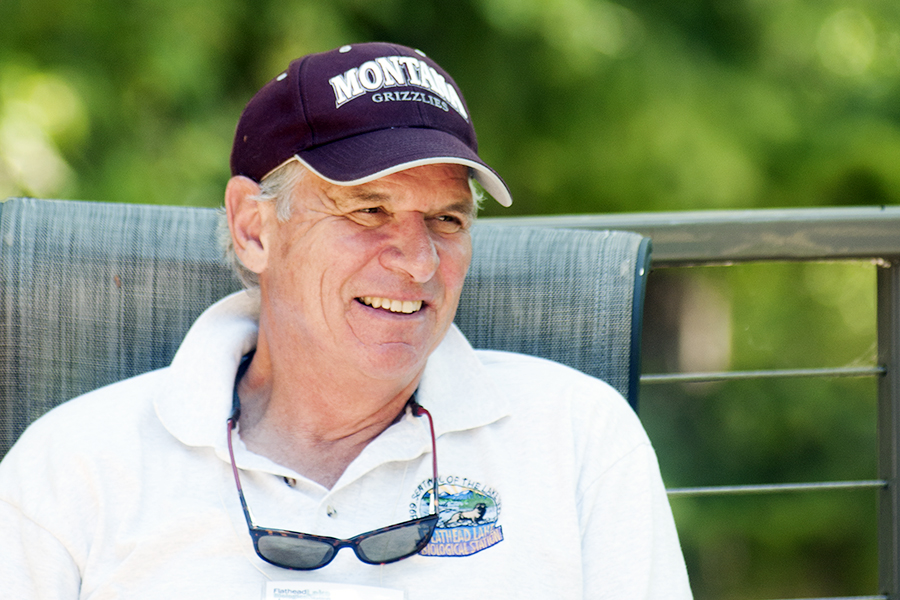Renowned Flathead Lake Researchers Retiring
Bonnie Ellis and Jack Stanford end decades-long tenure at Flathead Lake Biological Station
By Dillon Tabish
Two prominent scientists credited with world-renowned research at the Flathead Lake Biological Station in Yellow Bay are retiring, marking the end of an era at one of the oldest active biological stations in the U.S.
Dr. Bonnie Ellis, a research professor of limnology who led the development of a long-term monitoring program for Flathead Lake, retired in February after 37 years at the biological station.
Dr. Jack Stanford, who has worked at the station since 1971 and became the director in 1980, spearheading the facility’s rise as a preeminent research center, will retire at the end of the year. Stanford will remain involved with graduate students at the site through next summer.
A new director will be introduced at the station’s annual open house, Aug. 5. The event begins at 1 p.m. and a presentation by Stanford and lake ecologist Charles Goldman is slated for 4 p.m.
Both Stanford and Ellis, along with their team of researchers at the station, which operates through the University of Montana, are the scientific sentinels of Flathead Lake. Research conducted through the station over the years has provided a better understanding of the influence of natural and cultural interactions in mountain and river valleys and insight into how the entire landscape is interconnected.
Studies based out of Yellow Bay, including a paper by Ellis published in 2011 on the legacy of Flathead Lake and how it has changed due to the introduction of new species, have been cited globally and garner many of the highest research awards. Their work has most significantly raised awareness about water-quality issues.
“Jack built this station up from a smaller education facility into a world-class, world-renowned research facility,” Tom Bansak, research scientist and development coordinator at the station, said.
“Bonnie deserves kudos for the long-term monitoring program and keeping it consistent and funded.”
Stanford and Ellis were recently awarded the lifetime achievement award from the Whitefish Lake Institute, which recognized their collective research and advocacy for Whitefish Lake and Flathead Lake, the largest freshwater lake in the West.
Ellis received the Stewardship Award last year from the Flathead Lakers and Stanford garnered the honor in 2006 for their significant contribution to preserving the quality of Flathead Lake.
“We’ve been so fortunate to have them here,” Greg McCormick, president of the Flathead Lakers, said of Stanford and Ellis. “To have two people as dedicated to the science of clean water living 50 feet from Flathead Lake all these years; it’s literally their front yard and they take it really seriously and they’re in great demand because of their knowledge.”
The open house will include tours of the facilities, exhibits of recent research and a presentation by scientists, including the annual “State of the Lake” report.
The event is free and open to the public.
For more information about the biological station and the open house, visit http://flbs.umt.edu.